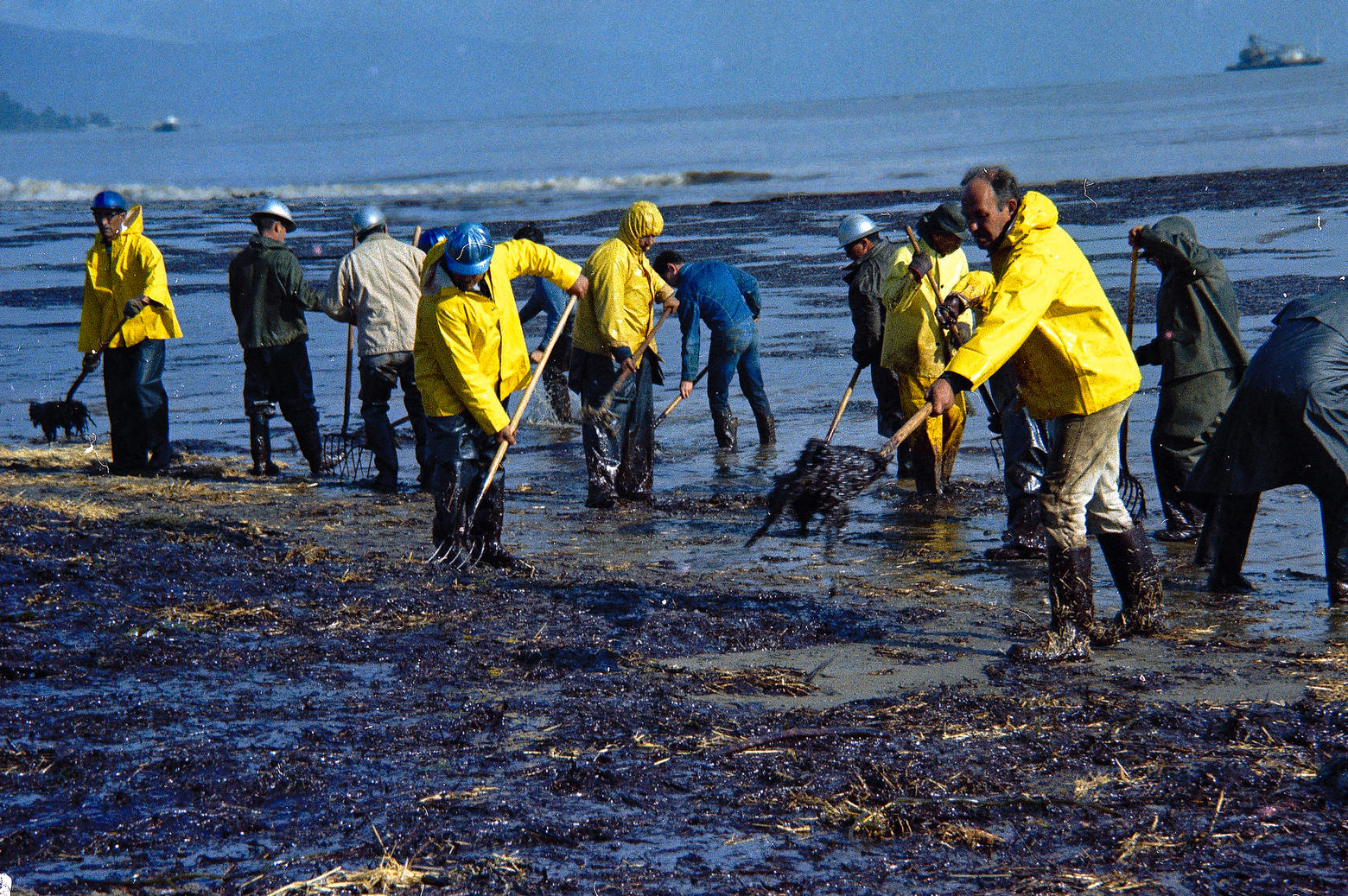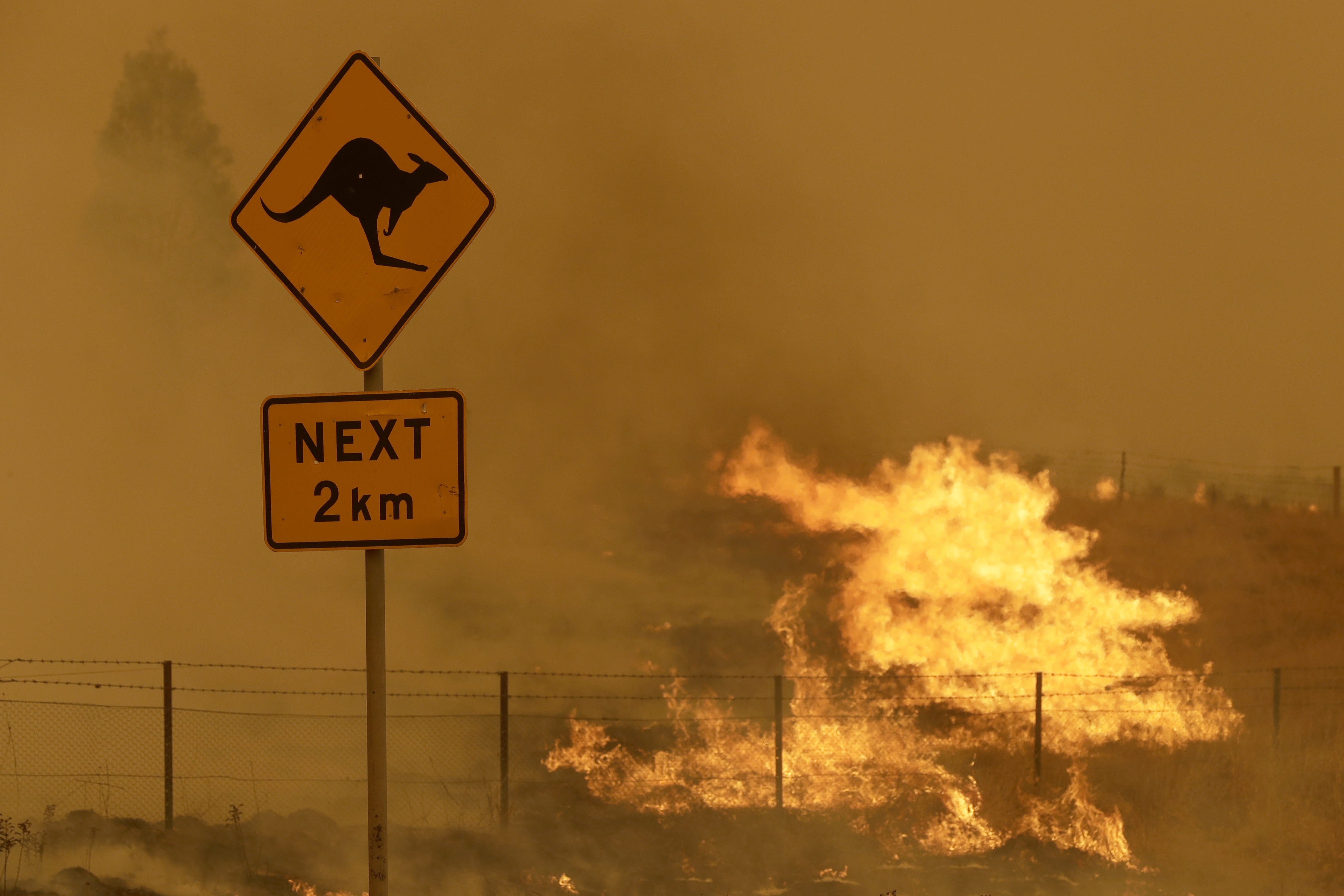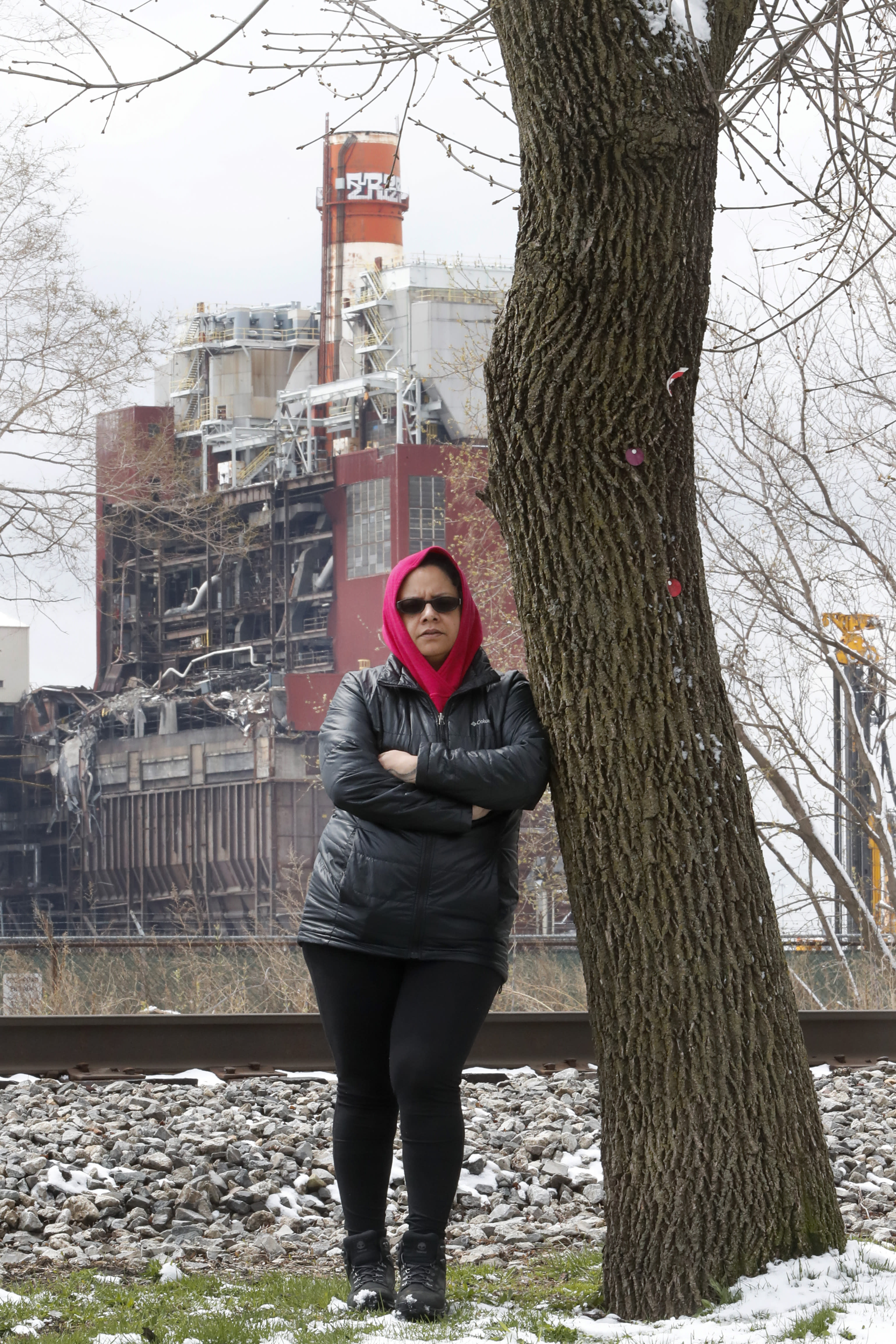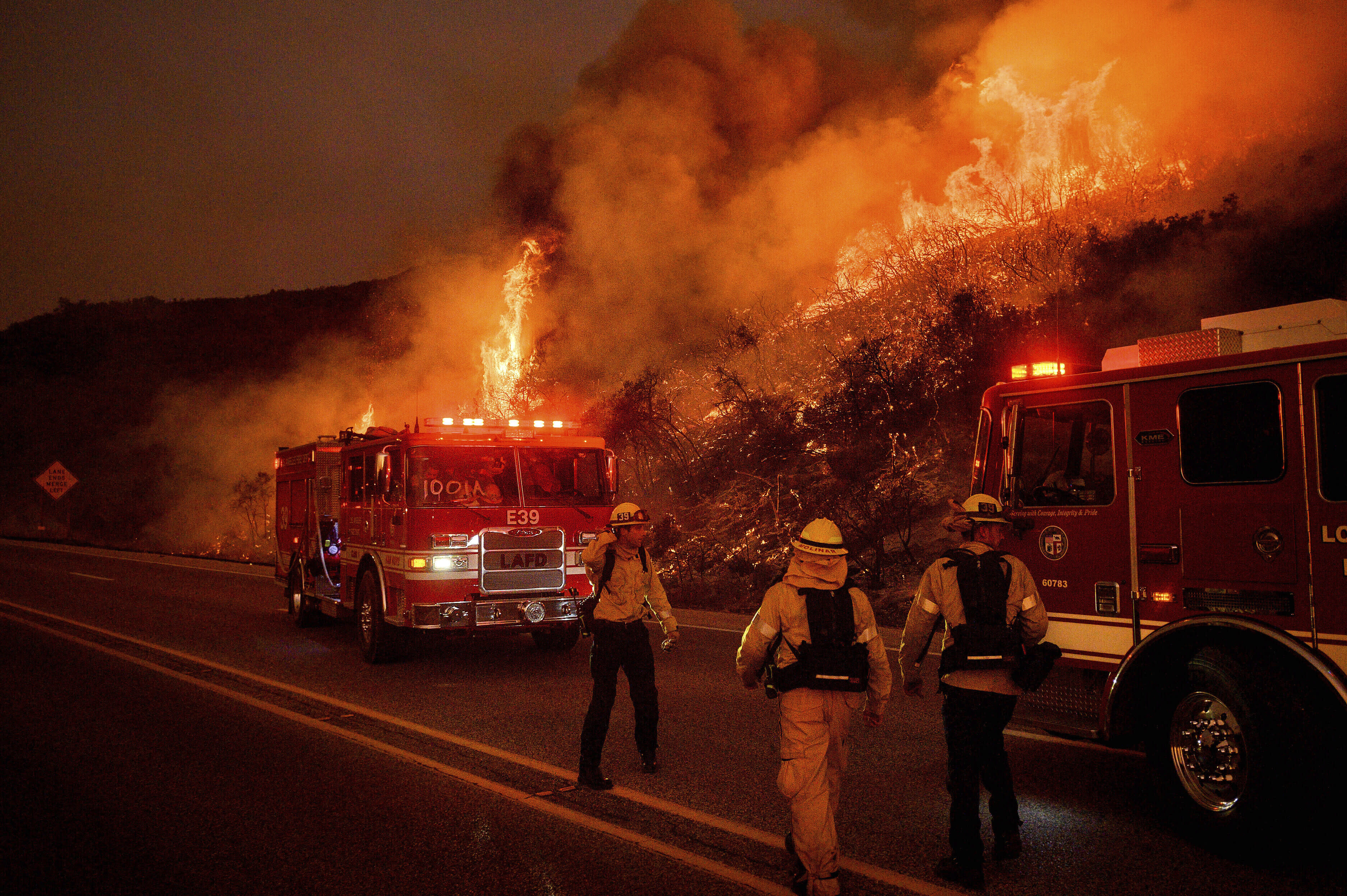Tennessee anti-lockdown protester demands state ‘sacrifice the weak’ to reopen economy
THE POSTER IS CLEARLY A HOME SCHOOLING PROJECT
April 21, 2020 By Brad Reed

A woman protesting Tennessee’s COVID-19 lockdown this week carried a startling sign that recommended sacrificing “weak” people to reopen the state’s economy.
Local news station News Channel 9 has captured a photo of the sign, which read, “Sacrifice the weak — reopen TN [Tennessee].”
According to the station, “dozens” of protesters showed up in Nashville on Monday to demand that the economy be reopened as soon as possible, as many people are struggling without any kind of income and have been shut out of getting small-business loans.
“We have no problem being shut down, but we can’t afford to stay shut down if we don’t have some kind of an income coming in,” demonstrator Adrienne Hitch told News Channel 9.
The station also reports that many of the people at the rally were not practicing social distancing and were not wearing protective face masks, as has been recommended by public health officials as a way to slow down the spread of the disease.
TENNESSEE IN PROTEST: Even with the announcement to start re-opening the state's economy on May 1, Governor Bill Lee has been facing some sharp criticism for not starting the process immediately. https://t.co/Pn3jY7k85S
— WTVC NewsChannel 9 (@newschannelnine) April 21, 2020
Ohio COVID-19 recovery panel goes off the rails after businessman says the virus is a plot to ruin Trump
April 21, 2020 By Brad Reed

An Ohio state legislature hearing about recovering economically from the COVID-19 pandemic went off the rails after a local businessman said that the entire virus was a plot to harm President Donald Trump’s chances at winning the 2020 election.
The Columbus Dispatch reports that Bill Bader Jr., owner of Summit Motorsports Park said that all of the public safety measures adopted during the pandemic were enacted for the sole purpose of hurting the president.
“This was a government overreach that was politically motivated, quite frankly, to derail our commander in chief’s ability to be re-elected for four more years,” Bader said during a discussion hosted by a GOP-controlled Ohio House panel. “It was more politically motivated than erring on the side of the health and safety and well-being of the citizens of this great country of ours. The media reaction incensed, scared, struck fear in the hearts of people to the point where it blinded people to their constitutional rights.”
Bader was then asked by Democratic Ohio State Rep. David Leland if he honestly believed that Republican Ohio Gov. Mike DeWine was part of a global plot to undermine the president.
“Yes,” Bader replied. “I think this was a well-constructed plan. I think the timing of it was unique.”
Bader also questioned the reported death tolls from the disease in the United States.
“I understood that every fatality that took place in the United States of America, there was a check box that it was mandated that they perish as a result of the coronavirus,” he said. “Are there truly 41,000 fatalities due to COVID-19?”
In reality, no doctors are required to say that everyone who dies under their care died from being infected by the coronavirus.
Texas Republican Dan Patrick gets hammered for bleak and macabre argument against coronavirus lockdowns
April 21, 2020 By Alex Henderson, AlterNet

Far-right Texas Lt. Gov. Dan Patrick has been inundated with criticism for his recent assertion that if more coronavirus deaths is the price that the U.S. has to pay for reopening its economy, so be it. And instead of walking back that assertion, Patrick doubled down on it during an appearance on Tucker Carlson’s Fox News program.
Social distancing, Patrick stressed to Carlson, is crushing the U.S. economy — and saving lives, Patrick insisted, isn’t the only thing to be concerned about.
Patrick told Carlson, “When you start shutting down society and people start losing their paychecks and businesses can’t open and governments aren’t getting revenues…. I’m sorry to say, I was right on this. And I’m thankful that we are now, Tucker, beginning to open up Texas and other states because it’s been long overdue.”
TX Lt Gov Dan Patrick: "There are more important things than living … I dont want to die, nobody wants to die but man we've got to take some risks" pic.twitter.com/dRTF8Moav4
— Andrew Lawrence (@ndrew_lawrence) April 21, 2020
The Texas Republican went on to say, “There are more important things than living, and that’s saving this country for my children and my grandchildren — and saving this country for all of us. And I don’t want to die. Nobody wants to die. But maybe we’ve got to take some risks and get back in the game — and get this country back up and running.”
Media Matters’ Andrew Lawrence tweeted a clip of Patrick making those assertions, and plenty of Twitter users have been slamming the Texas lieutenant governor.
@EdKamen posted, “Texas Lt. Gov Dan Patrick said, ‘There are more important things than living.’ Uh … what are they?” And @RogueSNRadvisor wrote, “Yeah he wants everyone else to take the risks.”
Australia-based Twitter user Suzie Calalesina, @SuzieGabriella, cited Patrick as a prime example of why so many people around the world view U.S. politics as a mess.
“Is this for real???,” Calalesina posted. “In Australia we went into lockdown in March and if our politicians spoke like this they would gone!!! I’m sorry but the US is in worse shape than is thought globally.”
@660Mary tweeted, “I don’t EVER want to hear another conservative Republican claim to be pro-life! EVER! @LtGovTX.” And @Panos_Iliop wrote, “This is, without a doubt, the stupidest thing I’ve ever heard. What are these people on?”
important to clarify that when he says "we've got to take some risks" he means you…you've got to take some risks
— Andrew Lawrence (@ndrew_lawrence) April 21, 2020
I want those words shoved down his throat every time he backs any anti-choice legislation, lawsuit, etc. Some things are more important than life, huh? These rabid pro-lifers just aren’t very pro-life when it comes to their stock portfolios
— Dawn (@goldenheart1995) April 21, 2020
Texas Lt. Gov Dan Patrick said, "There are more important things than living."
Uh … what are they?
— Ed Kamen (@EdKamen) April 21, 2020
I think Dan Patrick meant that there are more important things to *him* than *other* people living.
— Kansas Grant (@KansasGrant) April 21, 2020
Stock portfolios, bank accounts, income statements…all exceedingly more important than breathing.
— Dave Soutter (@Delby2016) April 21, 2020
Is this for real??? In Australia we went into lockdown in March and if our politicians spoke like this they would gone!!! I’m sorry but the US is in worse shape than is thought globally
— Suzie Calalesina (@SuzieGabriella) April 21, 2020
This is, without a doubt, the stupidest thing I've ever heard. What are these people on?
— Panos Iliopoulos (@Panos_Iliop) April 21, 2020
There is quite literally nothing more important than staying alive.
— PupperMum (@pupper_mum) April 21, 2020
He doesn't get to choose. The virus chooses. Now ask him if he's willing to sacrifice one of his children or grandchild, just 1, & see what the answer is then.
— Elisa Spencer (@ElisafromCA) April 21, 2020
















